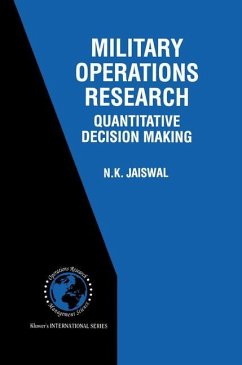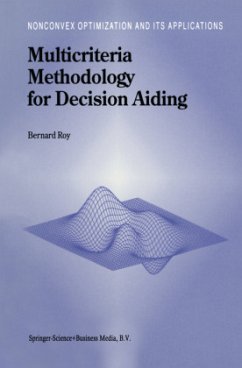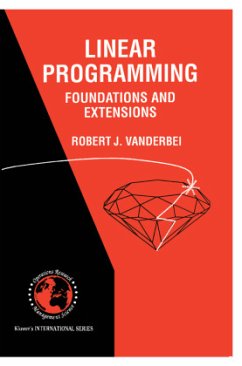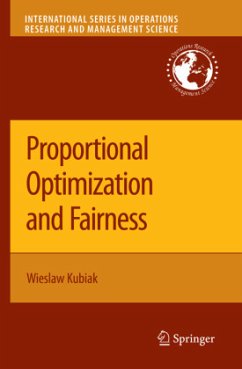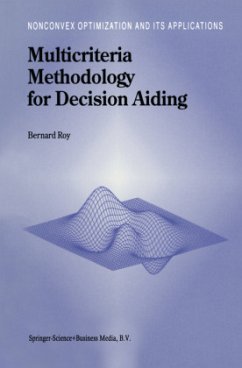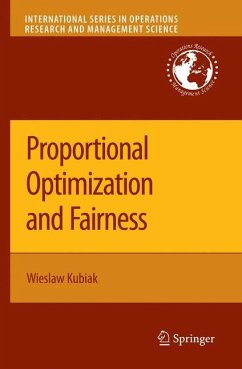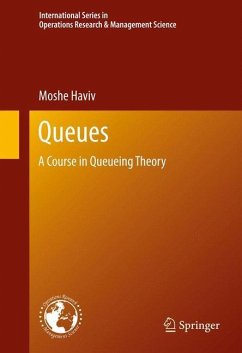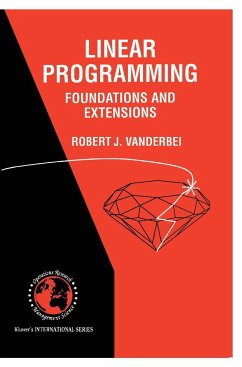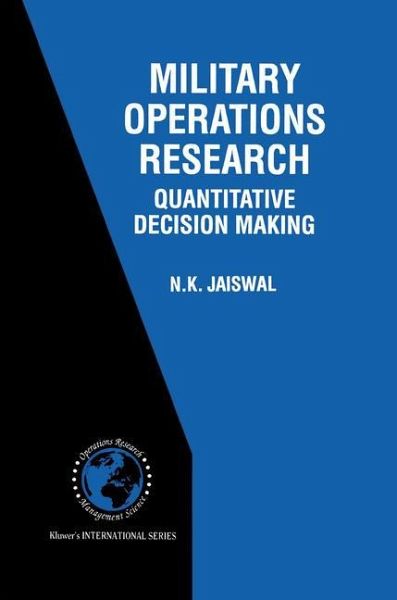
Military Operations Research
Quantitative Decision Making
Versandkostenfrei!
Versandfertig in 6-10 Tagen
249,99 €
inkl. MwSt.
Weitere Ausgaben:

PAYBACK Punkte
125 °P sammeln!
Operations Research (OR) emerged in an effort to improve the effectiveness of newly inducted weapons and equipment during World War II. While rapid growth ofOR led to its becoming an important aid to decision making in all sectors including defense, its contribution in defense remained largely confined to classified reports. Very few books dealing with applications of quantitative decision making techniques in military have been published presumably due to limited availability ofrelevant information. The situation changed rapidly during the last few years. The recognition of the subject of Mil...
Operations Research (OR) emerged in an effort to improve the effectiveness of newly inducted weapons and equipment during World War II. While rapid growth ofOR led to its becoming an important aid to decision making in all sectors including defense, its contribution in defense remained largely confined to classified reports. Very few books dealing with applications of quantitative decision making techniques in military have been published presumably due to limited availability ofrelevant information. The situation changed rapidly during the last few years. The recognition of the subject of Military Operations Research (MOR) gave tremendous boost to its development. Books and journals on MOR started appearing. The number of sessions on MOR at national and international conferences also registered an increase. The volume of teaching, training and research activities in the field of MOR at military schools and non-military schools enhanced considerably. Military executives and commanders started taking increasing interest in getting scientific answers to questions pertaining to weapon acquisition, threat perception and quantification, assessment of damage or casualties, evaluation of chance of winning a battle, force mix, deployment and targeting of weapons against enemy targets, war games and scenario evaluation. Most of these problems were being tackled on the basis of intuition, judgment and experience or analysis under very simple assumptions. In an increasingly sophisticated and complex defense scenario resulting in advances in equipment and communications, the need for supplementing these practices by scientific research in MOR became imperative.



